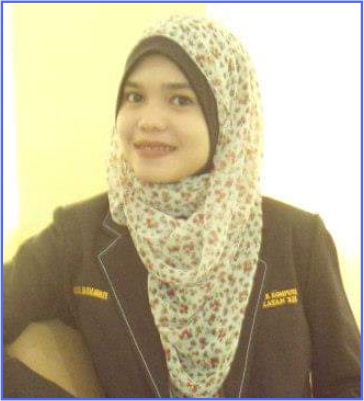Pengembangan Video Pembelajaran Pendidikan Agama Islam Dan Budi Pekerti Menggunakan Aplikasi Capcut Di SMA PP. Dr. M. Natsir Alahan Panjang
DOI:
https://doi.org/10.62386/jised.v2i3.78Kata Kunci:
Development, Learning Videos, Capcut Application, PAI & BPAbstrak
This research and development was based on problems that occurred at SMA PP.Dr.M.Natsir Alahan Panjang where students' lack of interest in learning in the subjects of Islamic Religious Education and Character and the learning carried out was less varied, making students bored and less active so they were distracted by other things. Learning videos can be an alternative in solving problems at school. This research aims to determine the level of validity and practicality of learning videos using the Capcut application.This type of research is development research using the ADDIE (Analyze, Design, Development, Implementation, Evaluation) model. The resulting learning video media using the Capcut application has been tested as valid with a percentage of media design experts of 94,3% (very valid), and tested practically with a practicality test by teachers with a percentage of 87,2% ( very practical) and the student response test percentage was 87,8% (very practical). From these results it was concluded that the learning video using Capcut was valid and practical so that trials could be carried out on the resulting product.
Unduhan
##submission.downloads##
Diterbitkan
Cara Mengutip
Terbitan
Bagian
Lisensi
Hak Cipta (c) 2024 Yanti Elvita, Widya Putri, Susi Herawati, Romi Maimori

Artikel ini berlisensiCreative Commons Attribution-ShareAlike 4.0 International License.





















